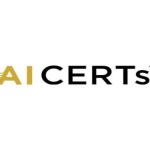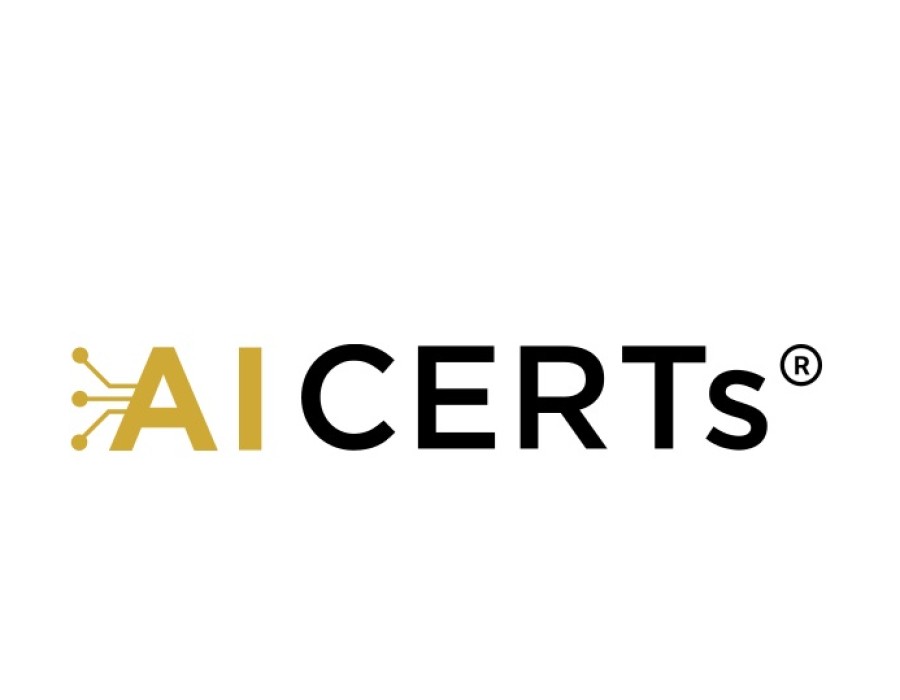Data has become one of the most valuable assets in the modern world. From personal health information to financial records, organizations are responsible for safeguarding sensitive data against breaches and misuse. Two of the most important regulations that enforce these protections are HIPAA (Health Insurance Portability and Accountability Act) in the United States and GDPR (General Data Protection Regulation) in the European Union.
Both standards place strict requirements on how organizations handle data, emphasizing security, privacy, and transparency. However, the rise of artificial intelligence technologies has created new opportunities—and challenges—for compliance. AI systems process massive datasets, automate decision-making, and enhance cybersecurity, but they also raise concerns about fairness, explainability, and lawful processing.
This is where professionals equipped with AI Security Compliance Skills play a crucial role. By understanding how to integrate AI responsibly within compliance frameworks, they enable businesses to align innovation with regulatory obligations.
Why AI Matters in Security Compliance
Traditionally, compliance relied heavily on manual monitoring and rule-based systems. Today, the volume and complexity of data have grown beyond human capacity. AI offers solutions by automating risk detection, monitoring anomalies in real time, and generating compliance reports more efficiently than traditional methods.
For example, an AI-powered monitoring tool can detect irregular data access patterns that might indicate unauthorized attempts to view patient health records—helping organizations comply with HIPAA. Similarly, AI algorithms can track how consumer data is stored, accessed, and shared across platforms, ensuring GDPR’s requirements for transparency and accountability are met.
To operate these systems effectively, professionals often pursue an ai security compliance certification, which demonstrates expertise in designing and managing AI-driven solutions aligned with regulatory frameworks.
Understanding HIPAA and GDPR with AI
Both HIPAA and GDPR share a common goal: protecting sensitive information. However, they differ in scope and execution. HIPAA focuses on safeguarding health information within the U.S., requiring measures like secure data storage, access control, and audit trails. GDPR, on the other hand, applies to all EU citizens’ data, emphasizing user consent, data minimization, and the right to be forgotten.
AI bridges the gap by making compliance more scalable. For example:
- HIPAA: AI tools can encrypt and classify patient data automatically, reducing the risk of human error.
- GDPR: AI models can track consent and flag unauthorized data use in real time.
To truly harness these advantages, professionals need to learn AI security regulations that define how to responsibly integrate machine learning systems into compliance efforts. This knowledge ensures that AI remains a safeguard rather than a liability.
Certifications and Standards in AI Security
As regulatory demands intensify, global organizations are aligning their compliance efforts with formalized certifications. These frameworks validate not only technical expertise but also the ability to apply AI responsibly within complex legal environments.
Obtaining an ai security standards certification equips professionals with a deep understanding of how to align AI systems with recognized best practices. These certifications often cover areas such as data encryption, algorithmic transparency, bias reduction, and continuous monitoring.
For enterprises, hiring certified talent reduces compliance risks while fostering trust with customers and regulators alike. For individuals, certifications provide a competitive edge in a job market where compliance expertise is in high demand.
Career Path: Becoming a Compliance Expert
AI has created a new frontier in cybersecurity and regulatory management. Professionals who pursue this path gain access to lucrative roles in healthcare, finance, government, and technology. From compliance analysts to chief information security officers, organizations are actively seeking talent that can bridge AI innovation with regulatory safeguards.
Aspiring specialists often focus on how to become an AI security compliance expert through structured training, mentorship, and hands-on experience. These professionals are equipped not only to implement AI systems but also to design compliance strategies that evolve alongside regulatory changes.
Conclusion
HIPAA and GDPR compliance are more than just legal checkboxes—they are commitments to protecting the trust and rights of individuals. As AI reshapes the landscape of data security, organizations must embrace both innovation and responsibility.
By developing expertise in AI security compliance, professionals help businesses maintain a balance between leveraging cutting-edge technologies and adhering to global data protection standards. The future of compliance depends on leaders who can navigate complexity, anticipate risks, and ensure that technology serves humanity with integrity.






Comments